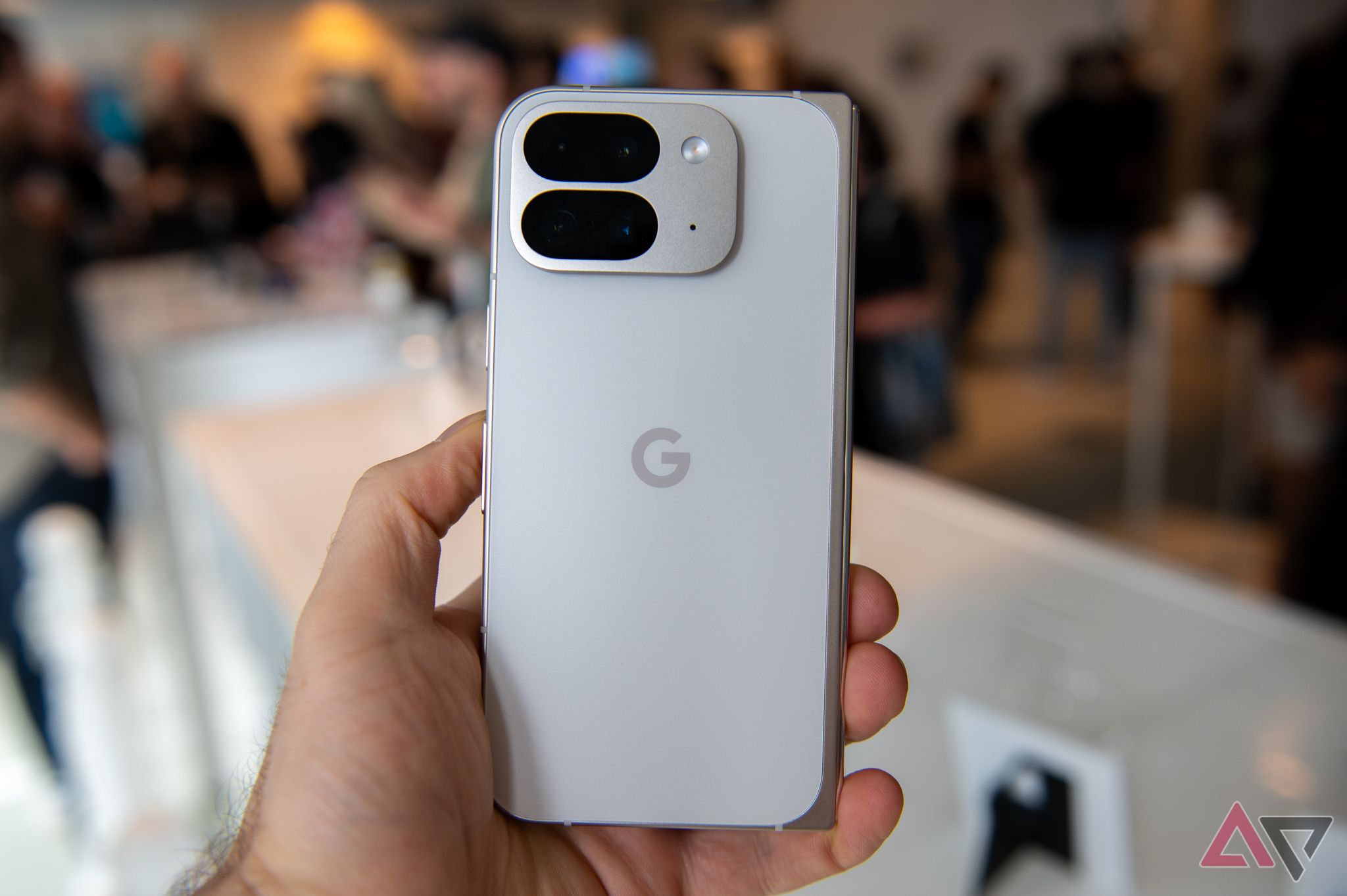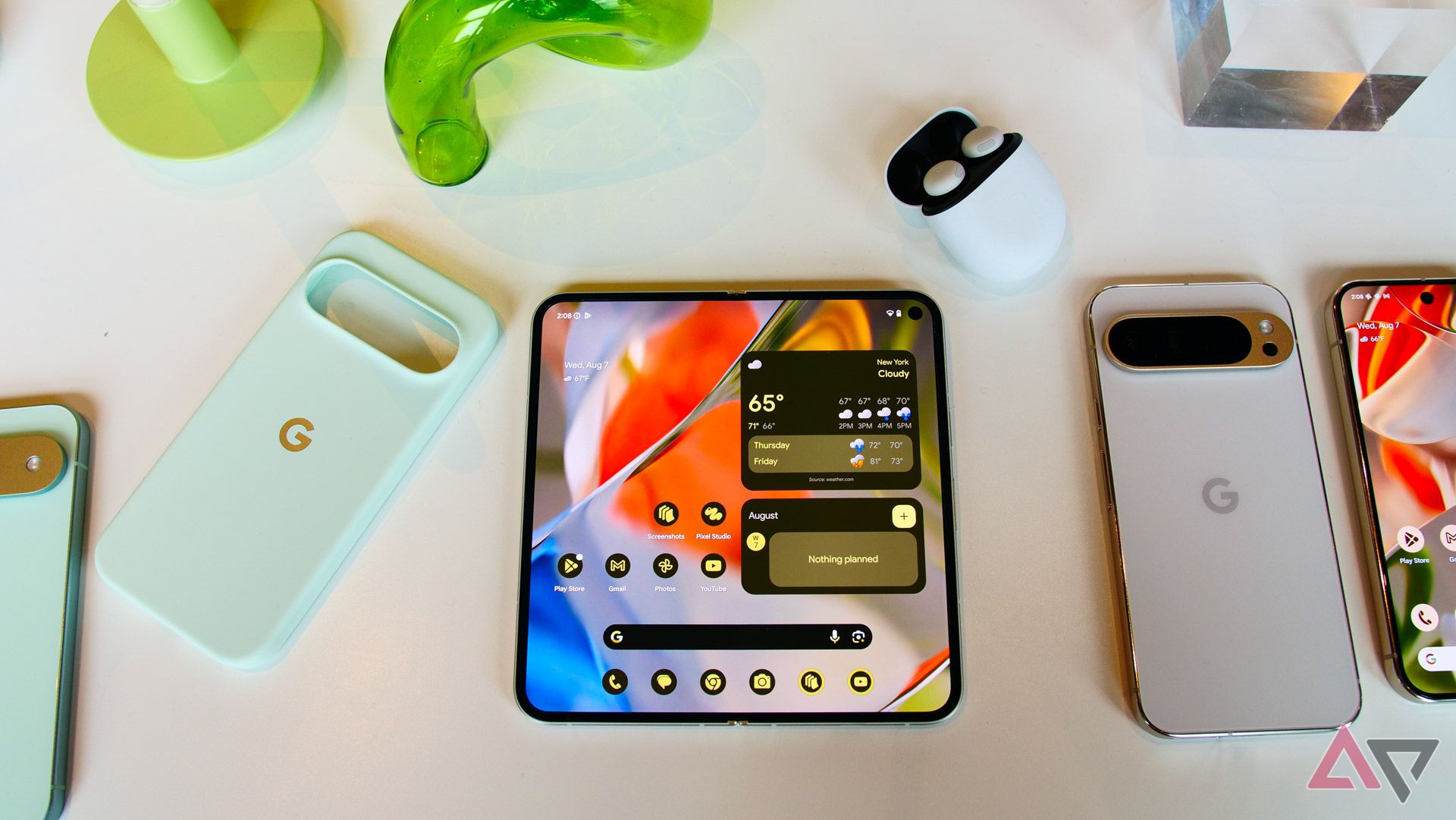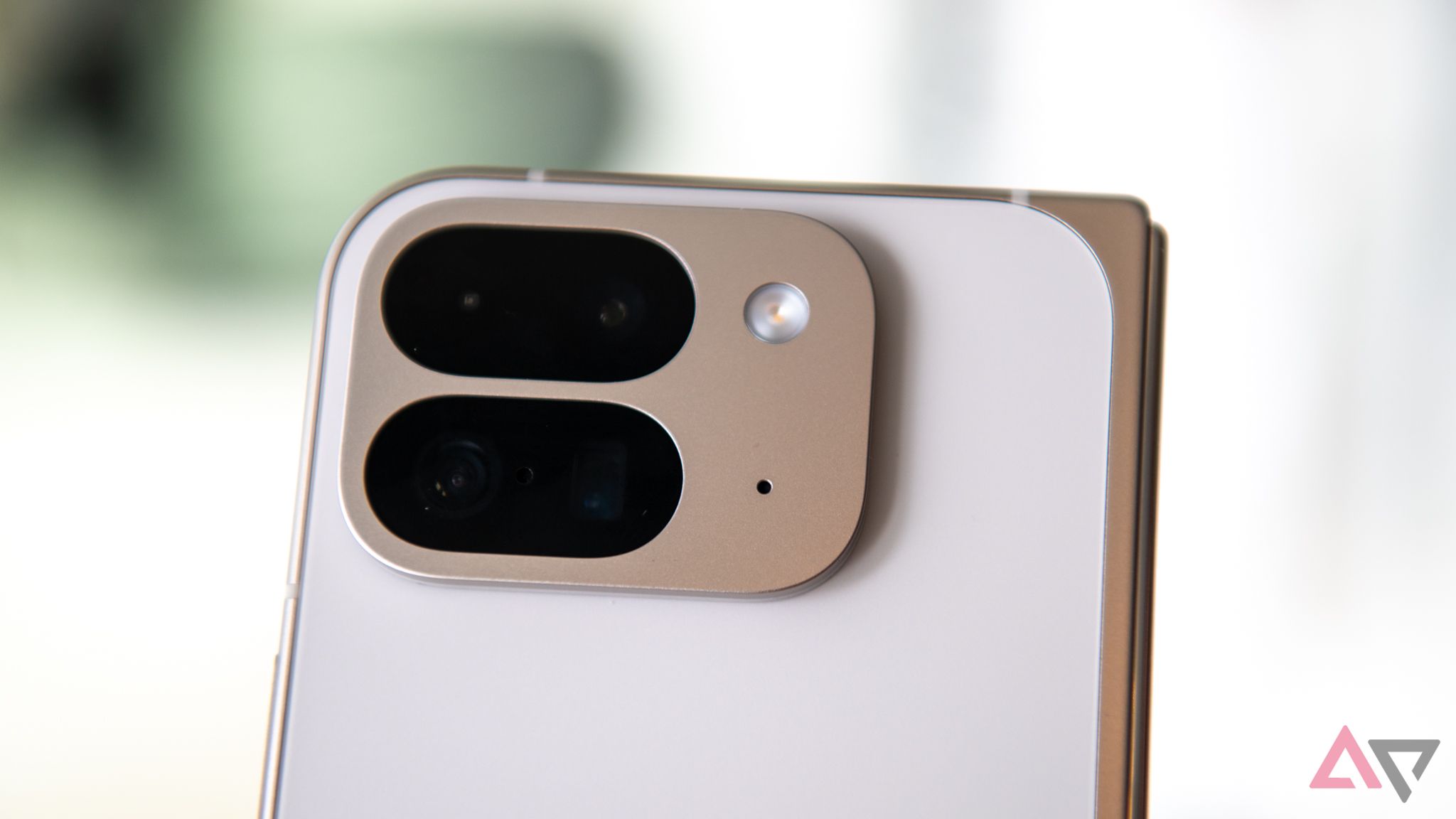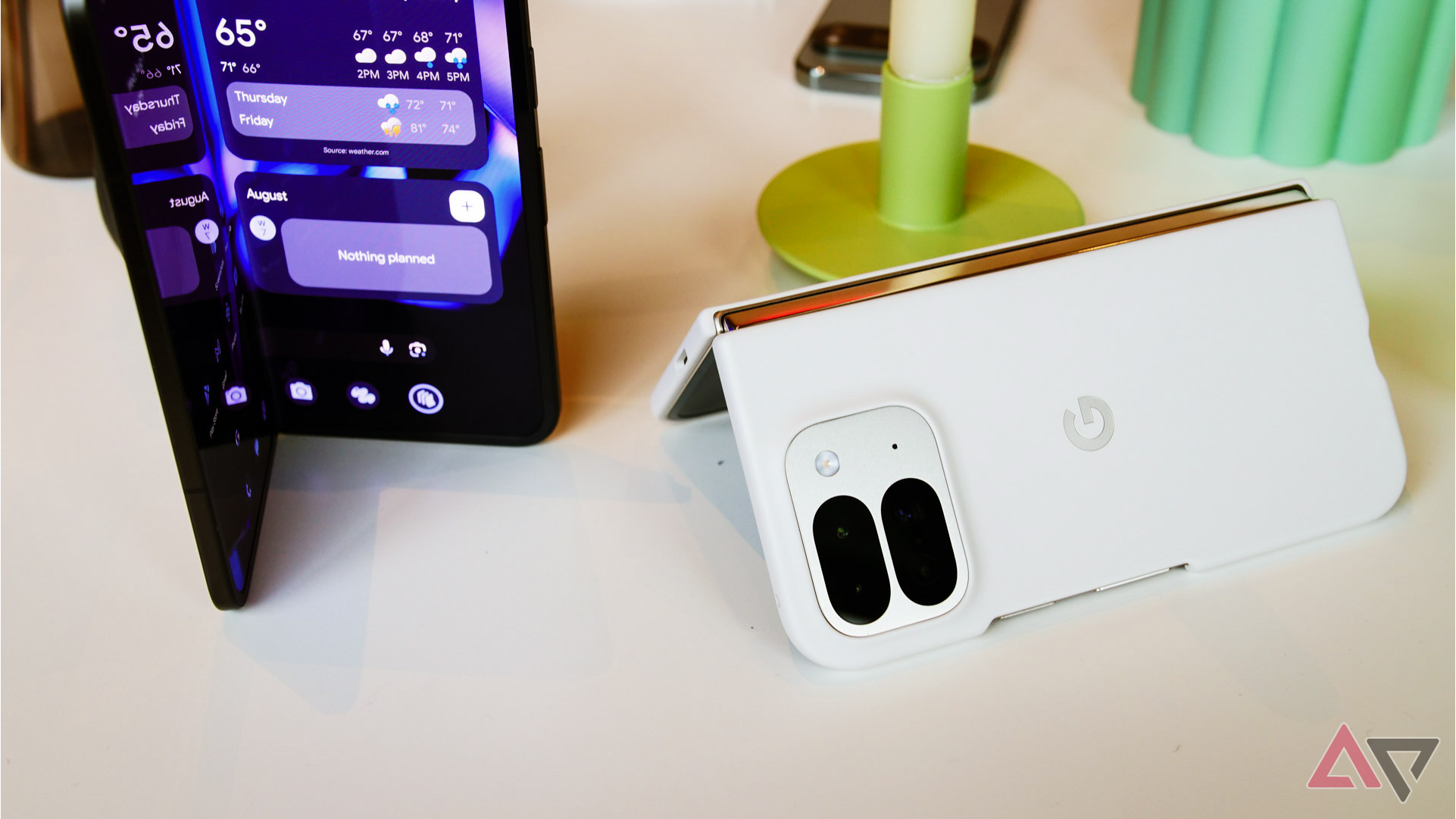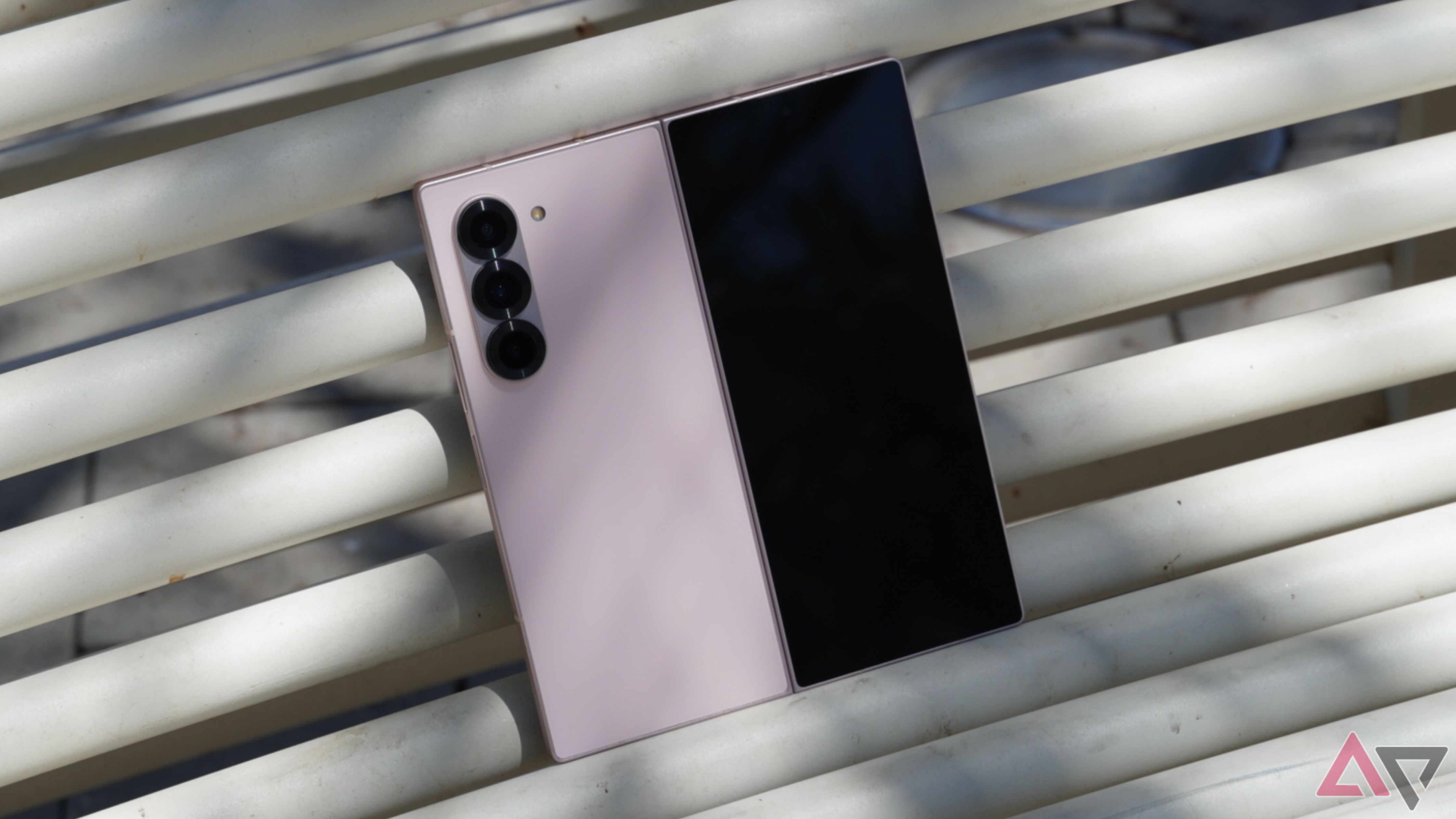Google expanded its lineup with the Pixel 9 series launch to include a new foldable: the Google Pixel 9 Pro Fold. Although it falls under the Pixel 9 branding, this smartphone is the successor to 2023’s Google Pixel Fold. Nonetheless, we finally have Google’s second-generation foldable, which seems to be an improvement over the first gen. But how does the Pixel 9 Pro Fold stack up against the tried-and-true Samsung Galaxy Z Fold 6 and OnePlus Open? Let’s find out.
What the Pixel 9 Pro Fold gets right
Despite being the second iteration, the Pixel 9 Pro Fold competes with the best foldables
The original Pixel Fold was unique with its wider, shorter design, making it almost like an Android tablet when unfolded. However, the Pixel 9 Pro Fold moved on from that design language. While it features a book-style form factor, the foldable now looks more like other foldables on the market. It has an outer display similar to a traditional slab smartphone and a square shape when unfolded. Not only has the Pixel 9 Pro Fold’s design improved, but it is the slimmest foldable of the bunch at 10.5mm thick.
In terms of the build materials, the Pixel 9 Pro Fold goes toe-to-toe with the OnePlus Open and Samsung Galaxy Z Fold 6 with Gorilla Glass Victus 2 on the front and back and an aluminum frame. Durability is another area where the Pixel 9 Pro Fold shines. Although it doesn’t offer dust protection like the Galaxy Z Fold 6, it matches Samsung with an IPX8 water resistance rating.
One of the standout features of the Pixel 9 Pro Fold is its display. The Pixel 9 Pro Fold has the largest inner foldable screen among its competitors at 8 inches. On the outside, it features a 6.3-inch cover display, which is the same as the OnePlus Open and the Samsung Galaxy Z Fold 6. However, it shares the same aspect ratio as the Pixel 9, giving it a more traditional smartphone feel than the other foldables.
Another key area Google improved is the inner bezels. The Pixel 9 Pro Fold has slimmer bezels on the inside than the original Pixel Fold, which puts it on par with other foldables on the market.
Another area where the Pixel 9 Pro Fold beats the OnePlus Open and the Samsung Galaxy Z Fold 6 is the AI features. As expected from a Google smartphone, the Pixel 9 Pro Fold is loaded with features that aren’t available on other foldables. These features include:
- Add Me: Take group photos without needing a passerby.
- Pixel Screenshots: Save important info with a screenshot.
- Other AI tools like Super Res Zoom, Audio Magic Eraser, and Magic Editor in Google Photos.
The Samsung Galaxy Z Fold 6 offers a desktop-like experience with Samsung DeX. The OnePlus Open excels in multitasking with its Canvas feature. Still, the Pixel 9 Pro Fold is the top choice for those seeking the latest AI features in a foldable.
The Pixel 9 Pro Fold also offers the best software support, with Google promising up to seven years of OS updates. However, you’ll be disappointed if you expect it to ship with Android 15. It comes with Android 14, missing out on one expected major update.
Camera performance is another strong point for the Pixel 9 Pro Fold. It features a 48MP f/1.7 main lens with PDAF and OIS, a 10.5MP ultra-wide lens, and a 10.8MP telephoto lens with 5x optical zoom. While the camera setup hasn’t drastically changed from the previous generation, it’s expected to deliver the consistent and solid output that the Google Pixel series is known for.
Where the Pixel 9 Pro Fold falls short
After all, the Pixel 9 Pro Fold isn’t the perfect foldable
While the Pixel 9 Pro Fold gets a lot right, there are some areas where it falls short compared to its competitors. For example, one noticeable downside is its weight. At 257 grams, the Pixel 9 Pro Fold is the heaviest of the three foldables.
Another area where the Pixel 9 Pro Fold lags is in stylus support. Unlike the Galaxy Z Fold 6, which supports S Pen input, the Pixel 9 Pro Fold doesn’t offer stylus functionality. This makes Samsung’s foldable the better choice if you want to take notes or draw on your device.
Similarly, in terms of raw processing power, the Pixel 9 Pro Fold’s Tensor G4 is outclassed by the Galaxy Z Fold 6’s Snapdragon 8 Gen 3 chipset. The Z Fold 6’s chipset offers superior performance and sustains high clock speeds for longer. This is an area where the Tensor G4 falls short. Meanwhile, the OnePlus Open, despite using the older Snapdragon 8 Gen 2, offers better performance than the Tensor G4.
Charging speed is another area where the Pixel 9 Pro Fold lags. Google’s new foldable charges at 21W, the slowest of the bunch. The OnePlus Open leads with 67W charging. Even Samsung’s Galaxy Z Fold 6 offers faster 25W charging. Similarly, the Pixel 9 Pro Fold offers the slowest wireless charging speeds of 7.5W, half of what the Samsung Galaxy Z Fold 6 promises.
The Pixel 9 Pro Fold is a major upgrade over the previous generation
Despite the drawbacks, the Pixel 9 Pro Fold is a significant upgrade over its predecessor. Compared to where Google was with the previous generation, it has quickly closed the gap with foldables from brands like Samsung and OnePlus. The Google Pixel 9 Pro Fold also has some great features.
While it remains to be seen how the Pixel 9 Pro Fold performs in real life, things look promising. Stay tuned for our full review soon, but if you can’t wait until then, you might want to place an order now, with some excellent deals available on all foldables right now.
-
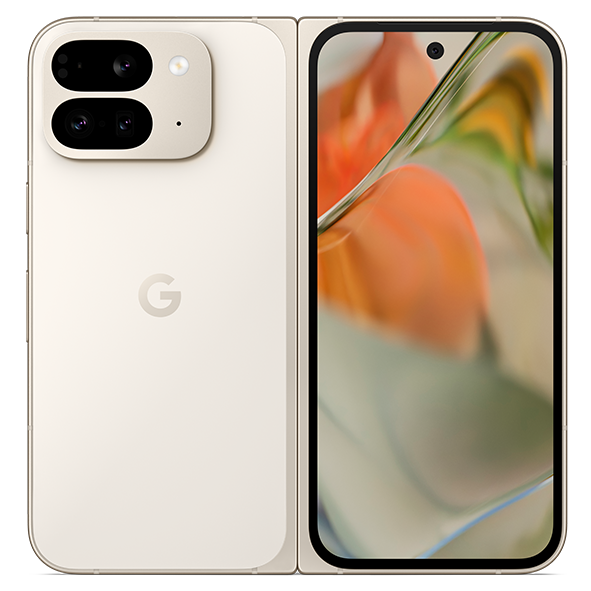
Google Pixel 9 Pro Fold
The Pixel 9 Pro Fold features a new design with a larger 8-inch Super Actua inner display and a 6.3-inch outer display. It’s powered by the Tensor G4 chip, 16GB of RAM, and includes a Titan M2 security co-processor. It comes with many new AI features and promises faster performance.
-
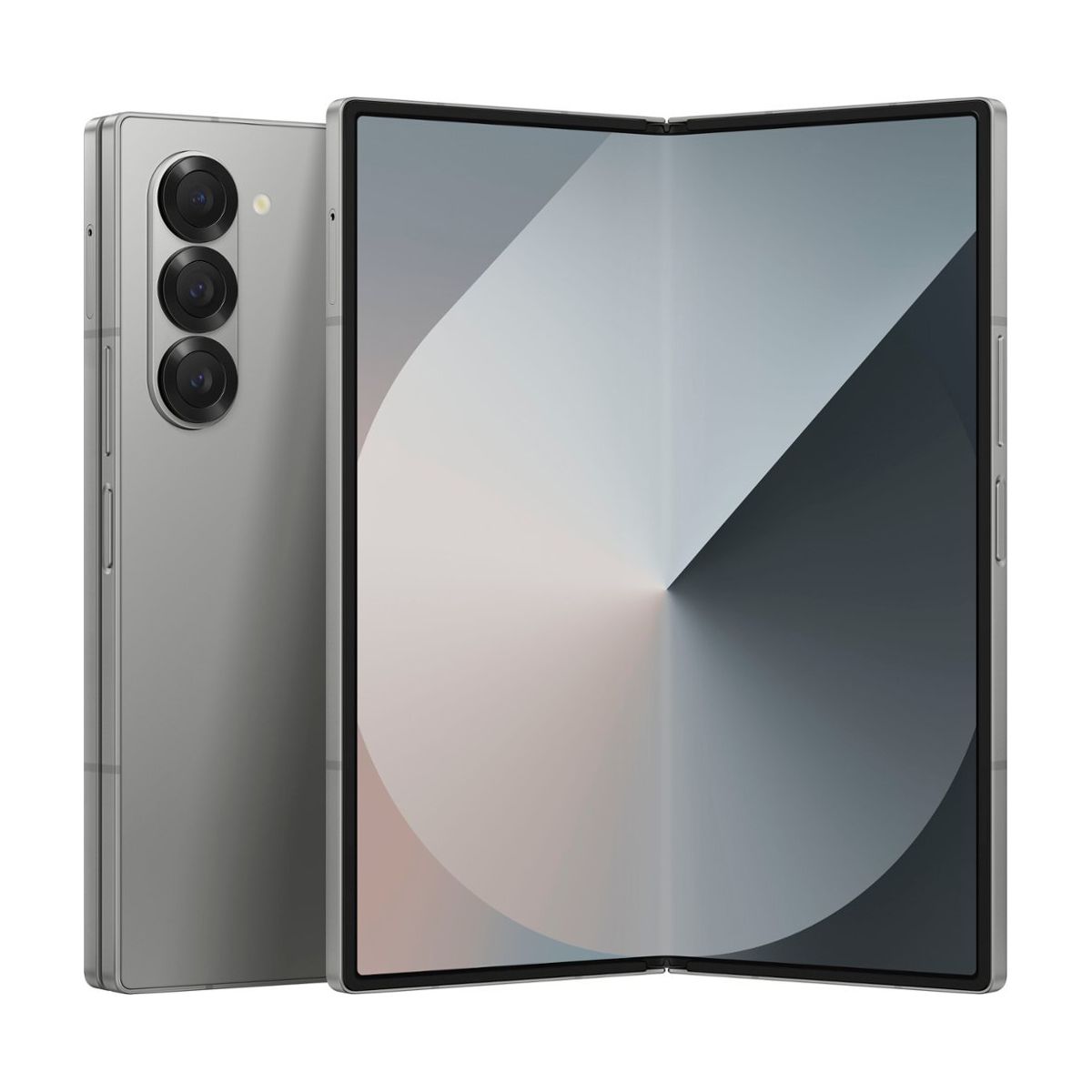
Samsung Galaxy Z Fold 6
Samsung’s latest foldable takes some cues from the Galaxy S24 Ultra, with a boxier design and an all-matte finish. It features a slightly wider cover display for a more comfortable typing experience, as well as new Galaxy AI features and an upgraded ultra-wide camera.
-
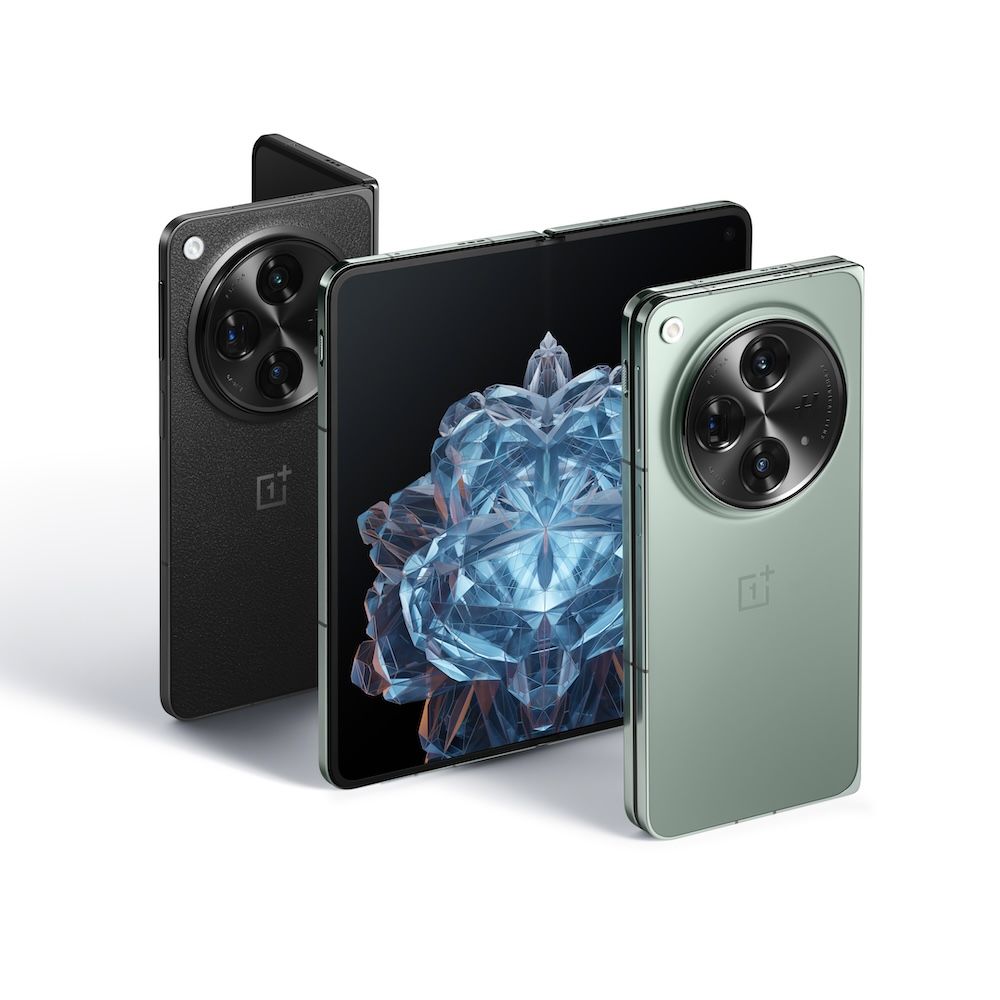
OnePlus Open
OnePlus’ first foldable packs an impressive specs sheet and boasts some equally remarkable features. The lightweight design, the super-bright cover and folding screens, the high-end internals, and the triple-camera setup make the OnePlus Open a great alternative to Samsung’s Galaxy Z Fold lineup.
Source link
